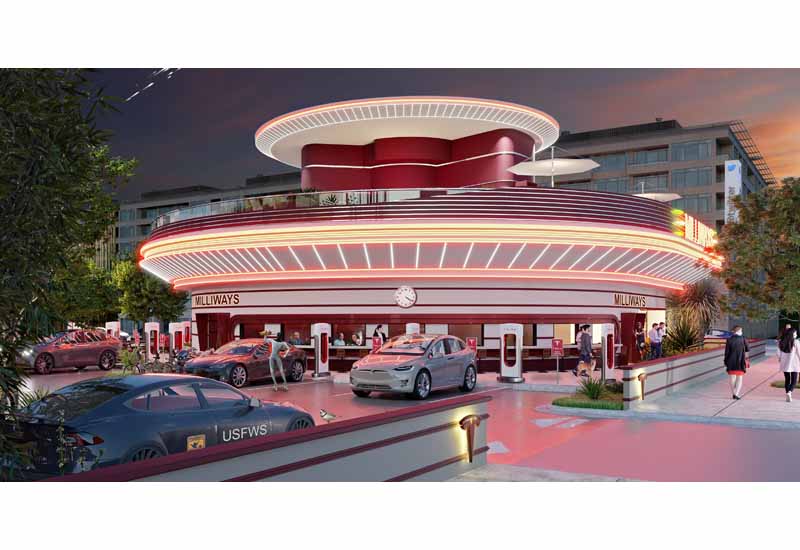If you’ve ever charged up at a crowded Tesla Supercharger station, you know the hassle of trying to nab a stall where the cable can comfortably reach your EV’s charge port without resorting to Twister-like contortions. Tesla new NACS connector was supposed to help standardize the experience, but of course, not every car plays by the same rules.
Well, it seems Tesla has finally acknowledged this first-world charging plight. In a statement posted to its website, Tesla confirmed it’s “working on an NACS to NACS extension cable, which will be available for purchase in the future.”
For the uninitiated, NACS (North American Charging Standard) is the snazzy new charging port and inlet design that Tesla has been rolling out to streamline plugging in. It replaces the proprietary connector used on older Teslas, while also bringing the company in line with SAE’s universal J1772 charging standard adopted by other automakers.
The issue? While NACS does standardize the physical plug, it doesn’t mandate a universal charge port location on vehicles. So at crowded charging sites with shared cable management, you’ll still often need to awkwardly straddle stalls or hope the cord can do some Gumby-level reaching to connect.
An extension cable would effectively double the maximum reach and eliminate many of these cable yoga routines. Tesla says “most Supercharger cables…should be able to reach your EV charge port,” but clearly there are enough edge cases to warrant the accessory.
To be fair, the company also calls out other brands to help fix the root issue, “encourage[ing] all vehicle manufacturers to standardize charge port locations to the rear driver side or front passenger side.” Because having a shared plug design is pointless if the physical ports are still a jumbled mess.
Tesla’s Supercharger network opening up to non-Tesla EVs only amplifies the need for such a Band-Aid solution in the short term. But standardized charging is a two-way street – if the goal is seamless Plug and Charge for everyone, automakers need to get on the same page.
